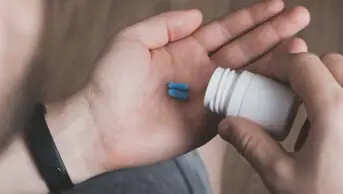A story published in The Times on 3 June 2016 (Extortionate’ prices add £260m to NHS drug bill’), subsequently followed up by the BBC, has put the spotlight on monopoly generic drug pricing.
Billy Kenber, who wrote the article, indicated that the data upon which the article was based were from primary care alone.
As a result, Rx-info, an Exeter-based pharmaceutical research and development company, analysed generic medicines use in more than 90% of acute NHS hospital trusts, and can report that the impact of monopoly generic pricing on secondary care spend is currently £1.4m per month, based on a benchmark date of April 2011.
This is mainly driven by soluble prednisolone tablets, and to a lesser extent, dexamethasone.
Liothyronine 20μg (£5.78m), carbimazole (£1.103m), phenindione 10mg and 25mg (£182,000), estriol 0.01% cream (£538,000) and hydrocortisone 10mg (£1.98m) also feature in our analysis of acute NHS hospital trust drug spending in the past 12 months.
Prednisolone was, of course, highlighted in the Lord Carter’s review of operational productivity in NHS providers, in which he noted the wide discrepancy in prices between soluble and standard prescriptions. In the report, the final draft of which was published in February 2016, Carter suggested substantial savings could be made if, where appropriate, standard prednisolone were dispensed rather than soluble. Current prices being paid are more than £1.50 for a soluble tablet compared to £0.015p per standard tablet.
Trusts have reduced use of soluble prednisolone from 282,777 defined daily dose (DDD) throughout December 2014 to 79,129 DDD in April 2016 (a fall from £935,000 to £275,000 per month) in the face of further cost increases to £3.48 per day compared to £0.68 per day in April 2011.
We must therefore congratulate hospital pharmacies for their considerable efforts in carefully managing NHS resources without compromising patient care.
Colin Richman
Company director
Rx-info Ltd
Exeter


